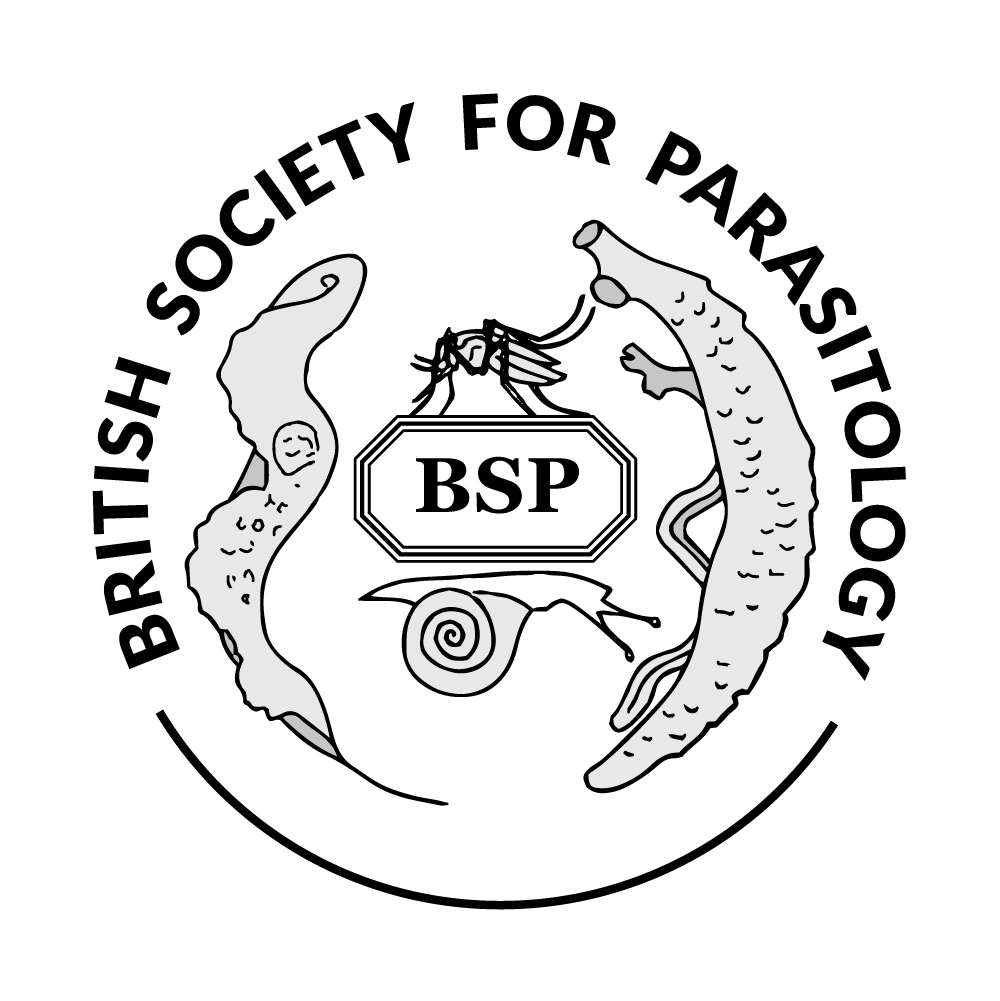

|
Poster
25 |
Identification and analysis of putative homologues of innexin in Trypanosoma cruzi. |
Rationale: Innexin membrane channels (innexons) play important roles in the physiology of invertebrates organisms, and they are not expressed in vertebrates. This suggests that they might be therapeutic targets in pathogenic protozoan organisms. Methods: We analyzed the genomes of pathogenic protozoan giardia, plasmodium, leishmania and trypanosoma. The hemichannels functional state was evaluated by dye uptake measurements into T.cruzi. Results: The search showed the existence of genes encoding putative homologues of innexin channels in protozoan. Multiple sequence alignments of insect innexin with putative protozoan innexin differ substantially. In T.cruzi a functional assay showed that uptake of the fluorescent dye (ethidium bromide 1+, 394.8 Da) increased in divalent cation solution free, a condition known as an inducer of opening of innexons. This effect was blocked by lanthanum (200 µM) and carbenoxolone (100 µM) two drugs described as innexon blockers. Conclusions: Identify innexin hemichannels in T.cruzi could open new pharmacological target to the design effective new therapies to Chagas disease.
Acknowledgements: This work was supported by a FONDECYT 11130013 (to JL Vega), 1131007 (to J González). Barría holds a CONICYT-PhD fellowship.